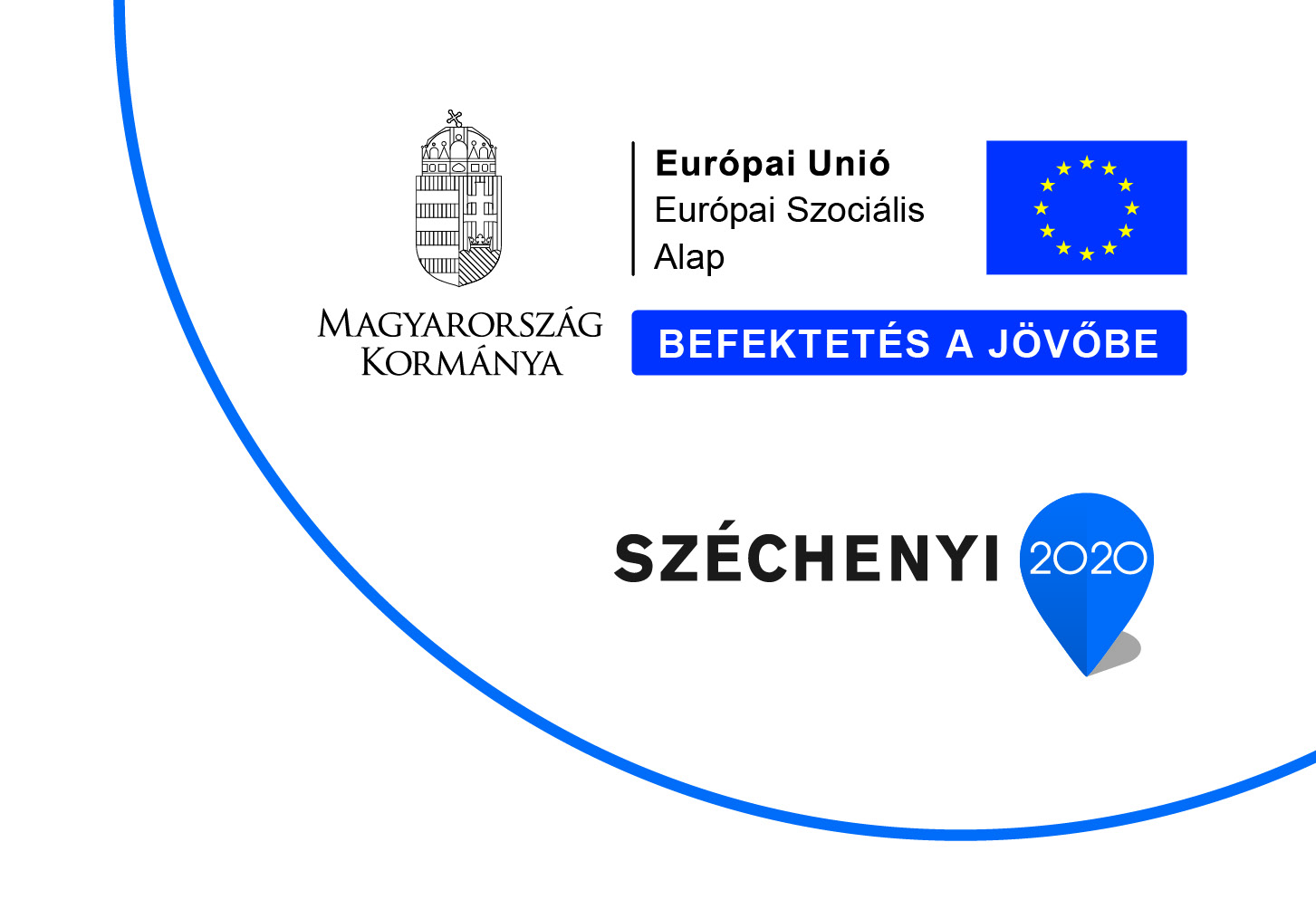Nguyen Minh Anh (2024) Assessing the Impact of Capital Structure on the Operational Efficiency of Listed Processing & Manufacturing enterprises on Vietnam's stock market. ['eprint_fieldopt_faculty_NULkkkL' not defined]. (Kéziratban)
|
PDF
Nguyen_Minh Anh_FIMB (2).pdf Hozzáférés joga: Csak nyilvántartásba vett egyetemi IP címekről nyitható meg Download (1MB) |
|
|
Microsoft Word
Nguyen_Minh Anh_FIMB_Resume (2).docx Hozzáférés joga: Csak nyilvántartásba vett egyetemi IP címekről nyitható meg Download (17kB) |
|
|
PDF
Paper_evaluation_Nguyen Minh Anh_CsekőK20241115.pdf Hozzáférés joga: Bizalmas dokumentum (bírálat) Download (163kB) |
|
|
PDF
Nguyen_Minh_Anh_KKK_SH.pdf Hozzáférés joga: Bizalmas dokumentum (bírálat) Download (117kB) |
Absztrakt (kivonat)
The processing and manufacturing industry (PMI) plays a crucial role in Vietnam's economy, driving GDP growth and expanding exports. As Vietnam's economy and stock market grow, firms in this sector face challenges in sustaining operational efficiency and managing diverse financing. Capital structure (CS)—the mix of short-term debt, long-term debt, and equity—affects financial decisions, asset management, and operational stability. This research examines how CS impacts operational efficiency (OE) in listed PMI firms, providing insights to help them optimize CS amid increasing economic integration and competition. Globally, studies reveal the complex CS-OE relationship. For example, Abor (2007) found short-term debt (STD) positively impacted ROA for SMEs in South Africa and Ghana, while long-term debt (LTD) had a negative effect. Similarly, Salim and Yadav (2012) observed negative OE effects across Malaysian industries. In Vietnam, prior CS-OE studies often exclude PMI or use pre-2015 data, limiting relevance. This study will fill the gap, focusing on updated data (2015–2023) and using both short- and long-term debt to assess CS’s impact on OE in PMI. The study, therefore, proposed the following questions How does short-term debt to total assets (STD_TA) affect OE, measured by ROA and Tobin’s Q? How does long-term debt to total assets (LTD_TA) impact OE, as measured by ROA and Tobin’s Q? How does firm size influence OE, assessed by ROA and Tobin’s Q? How does growth rate affect OE, as measured by ROA and Tobin’s Q? Combining quantitative and qualitative methods, this study uses financial reports of 138 listed PMI firms in Vietnam from 2015–2023, analyzed through panel data regression models (FEM and REM). Qualitative insights come from interviews with corporate representatives on CS factors affecting OE. Results show that both STD_TA and LTD_TA negatively impact OE (ROA and Tobin’s Q) in PMI. Firm size (SIZE) correlates positively with ROA and Tobin’s Q, while growth rate (GROWTH) only positively affects ROA. Overall, the study concludes with CS optimization strategies to boost firms’ operational efficiency and competitiveness.
Intézmény
Budapesti Gazdasági Egyetem
Kar
['eprint_fieldopt_faculty_NULkkkL' not defined]
Tanszék
Nemzetközi Kereskedelem és Logisztika Tanszék
Tudományterület/tudományág
NEM RÉSZLETEZETT
Szak
| Mű típusa: | TDK dolgozat |
|---|---|
| Kulcsszavak: | capital structure, finance, operational efficiency, processing & manufacturing, Vietnam |
| SWORD Depositor: | User Archive |
| Felhasználói azonosító szám (ID): | User Archive |
| Rekord készítés dátuma: | 2025. Szep. 23. 11:58 |
| Utolsó módosítás: | 2025. Szep. 23. 11:58 |
Actions (login required)
 |
Tétel nézet |



